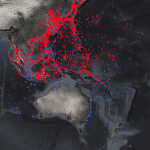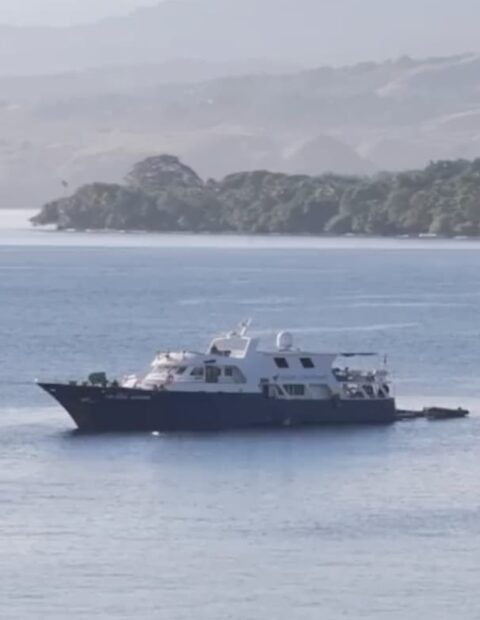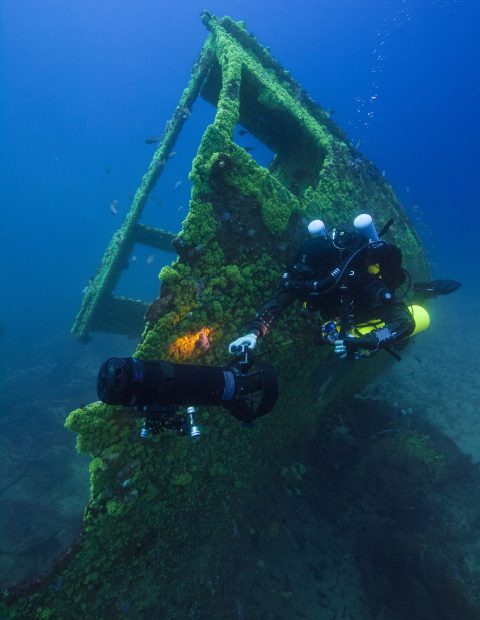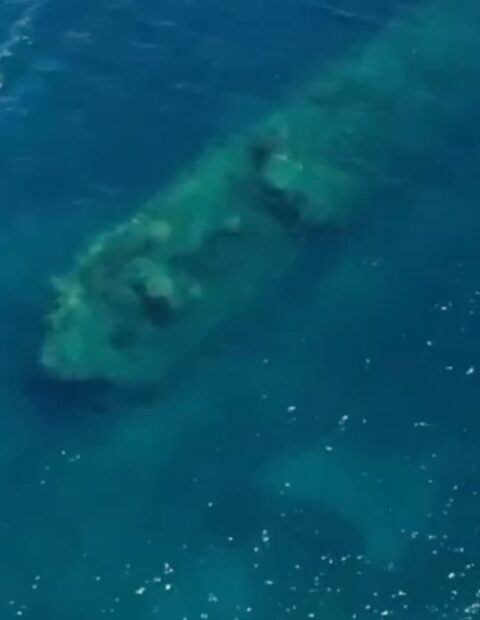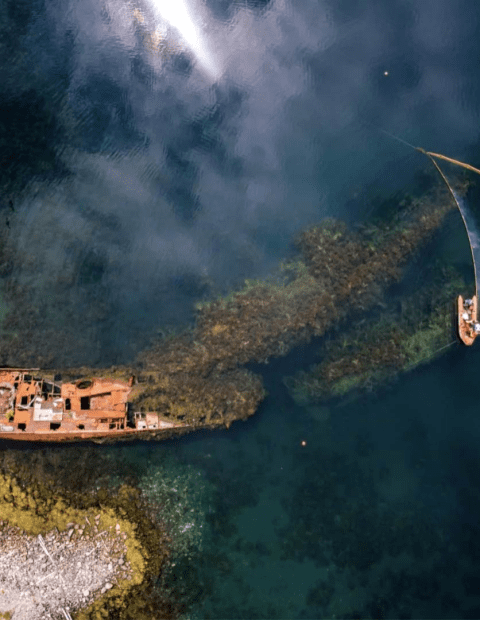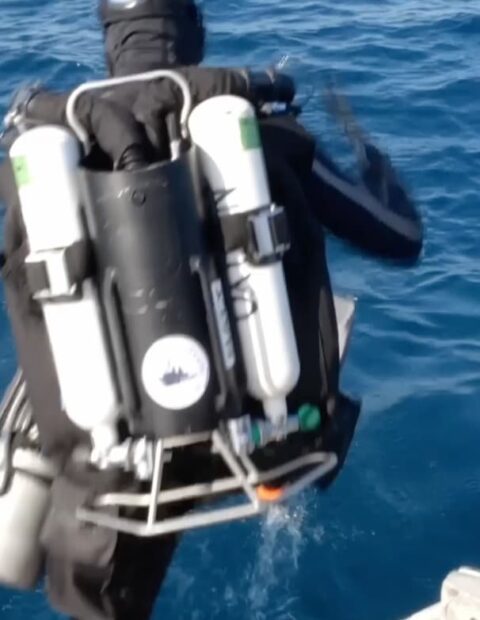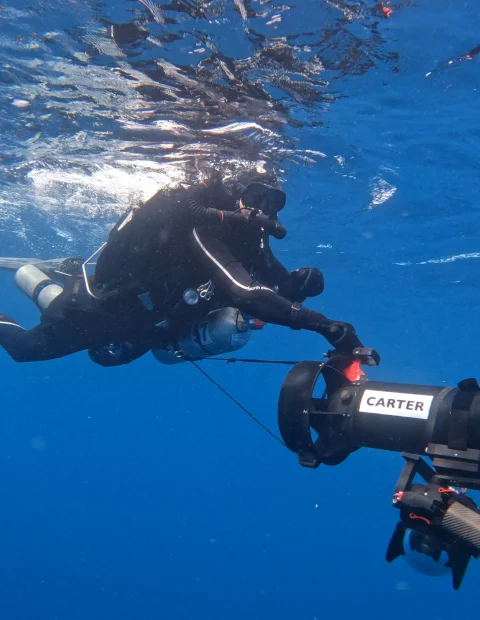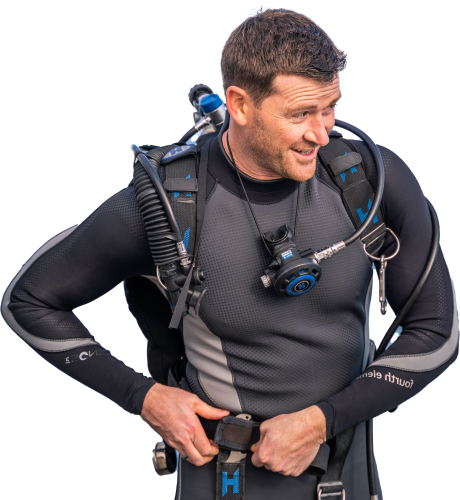
Our Story
At the Major Projects Foundation, we are a dedicated group of people, including, scientists, marine archaeologists, world-renowned divers, engineers, and historians committed to addressing one of the world’s most overlooked environmental disasters: the pollution caused by toxic WWII shipwrecks.
Our mission began during a family diving trip to Chuuk Lagoon in Micronesia, where founders Paul and Wilma Adams saw oil seeping from a WWII shipwreck.
They brought this to the attention of the diving instructor and locals, who explained that many shipwrecks in the region contain large amounts of oil, posing a severe threat. If these hulls were to burst, it would be disastrous for the community, as tourism accounts for approximately 20% of the GDP for Pacific Island communities (Development Asia).
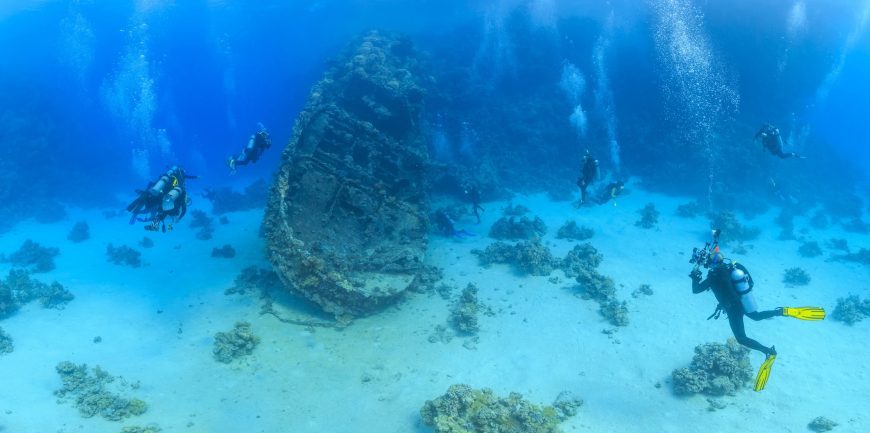
Moved by the desperation of the local community and the lack of awareness about this pressing issue, the Adams family decided to take action.
They discovered that this environmental threat was not a distant future possibility but an imminent danger. Determined to make a difference, they established the Major Projects Foundation, assembling a team of experts in marine research and recovery.
The Facts
3800+
Potentially polluting shipwrecks identified in the Pacific
300+
Oil tankers in the Pacific pose pollution risks
4.7B
Estimated litres of oil contained within these shipwrecks
65
WWII wrecks mapped by Major Projects Foundation since 2022
1.1M
Individual images captured to create detailed photogrammetry models of shipwrecks
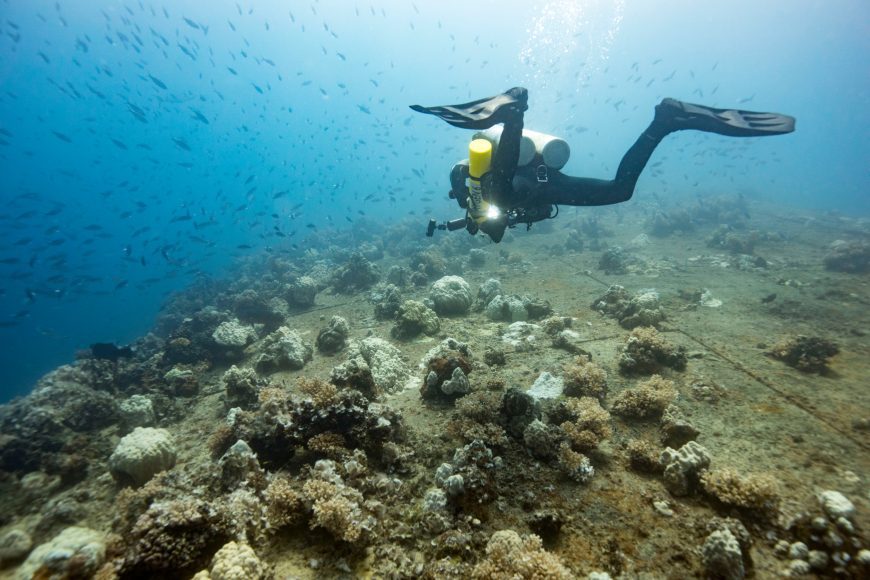
With initial funding from the Australian industrial and marine demolition company Major Projects Group, the foundation acquired a research and diving support vessel in 2018.
Following initial desktop studies and expeditions, our team has identified and compiled a list of shipwrecks in critical condition requiring urgent attention. This effort has significantly enhanced our ability to raise awareness among key stakeholders about the potential environmental hazards posed by WWII shipwrecks.
Our Latest Projects
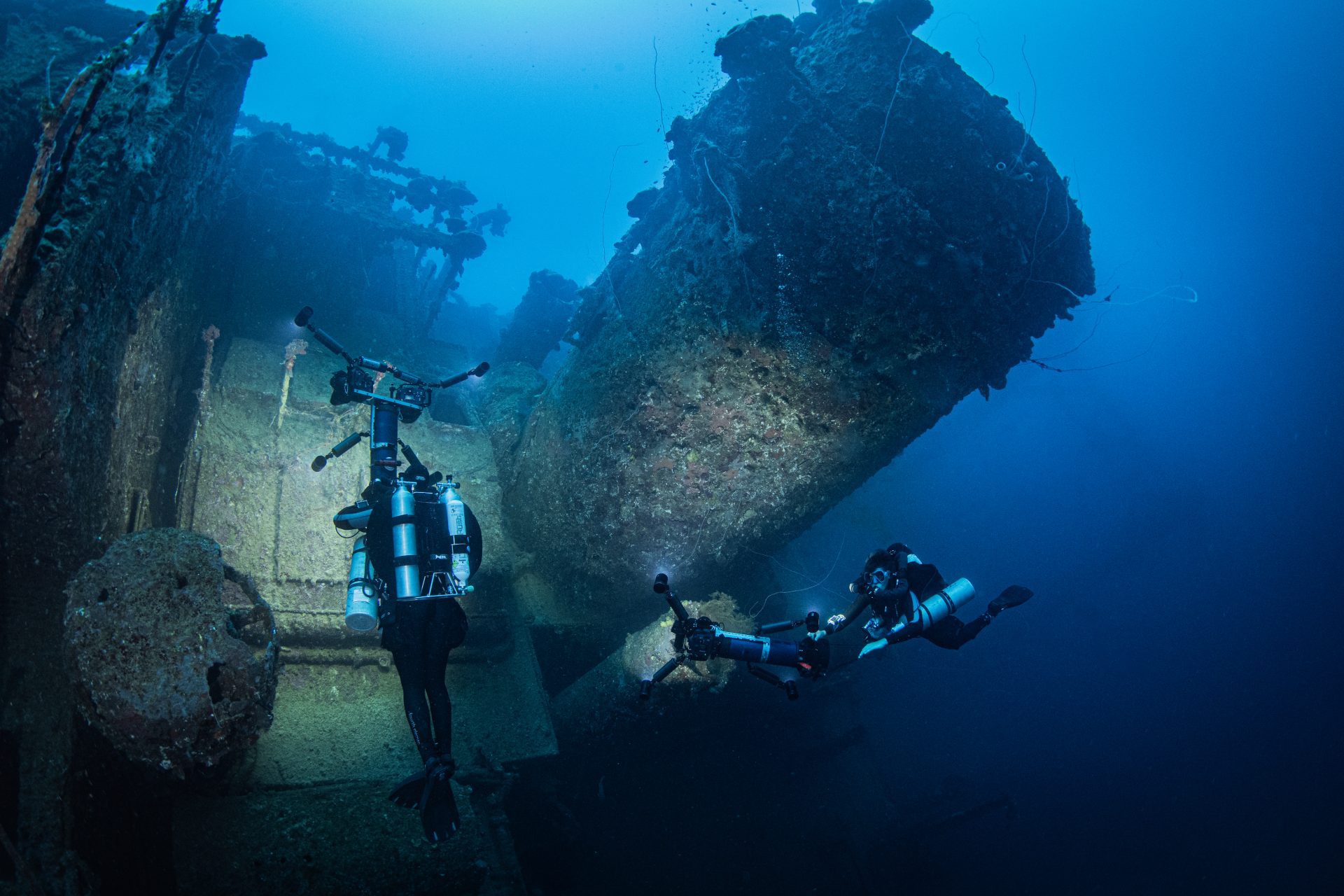
Six years on, and we now collaborate closely with various stakeholders, including the Australian, American, and Japanese governments, environmental non-profits, universities, sub-sea engineers, and remediation experts.
Our goal is that once the investigation of potentially polluting WWII shipwrecks in the Pacific Ocean has been completed, that we develop solutions to prevent ecological disasters.
Our Foundation has an MOU with the University of Newcastle and the Secretariat of the Pacific Regional Environment Programme (SPREP), an inter-governmental organisation of 21 Pacific countries to address this issue.
Paul Adams - DirectorBy working together, we aim to safeguard marine environments and ensure their protection for future generations.
Mission Statement
Our mission is to safeguard the Pacific Ocean’s marine environments and coastal communities by addressing the threat posed by leaking oil from WWII shipwrecks. Through innovative research, proactive intervention, and community engagement, we aim to prevent catastrophic oil spills, preserve biodiversity, and support sustainable livelihoods.
Vision Statement
We envision a pristine and resilient Pacific Ocean, where marine ecosystems thrive, coastal communities flourish, and the legacy of WWII shipwrecks is one of proactive stewardship and environmental preservation. We strive for a future where our oceans are free from pollution and rich in biodiversity, contributing to the well-being of all who rely on them.

